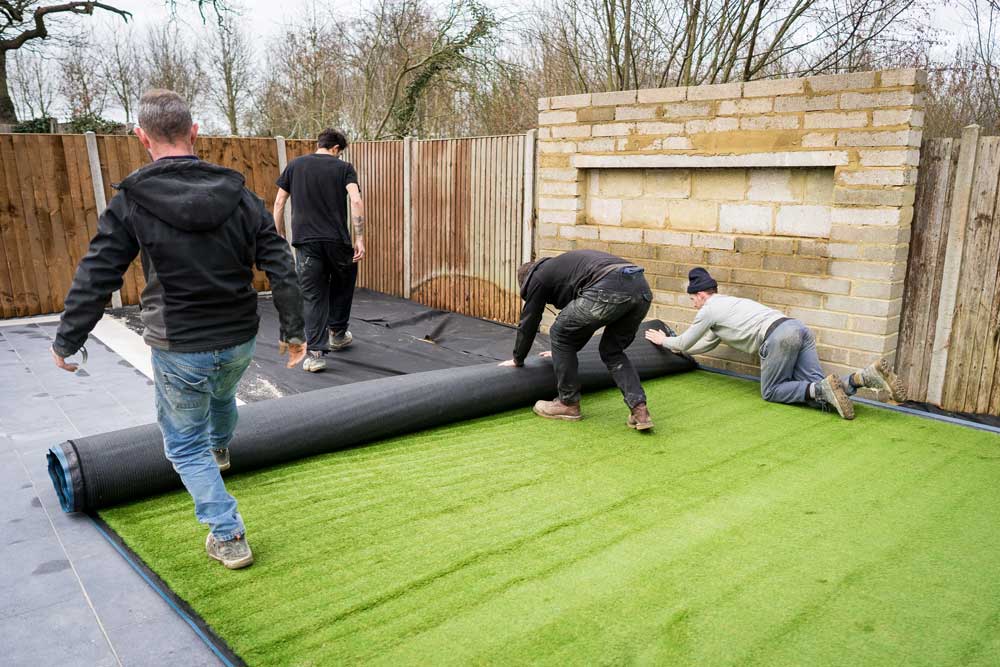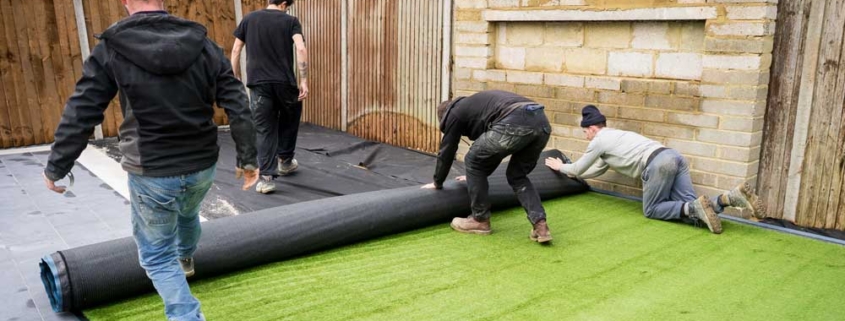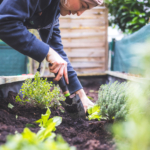Fake grass is OUT as Brits return to wilder garden roots
Although the Government has recently expressed concern about the popularity of artificial grass, new data, released today, indicates that demand for fake turf has halved.
According to data from MyBuilder.com, a platform that matches reliable tradespeople to homeowners, enquiries for artificial grass installation are down a whopping 48 percent year on year. This was after a steady rise for the trend in the previous few years.

Fake grass is OUT as Brits return to wilder garden roots
And in good news for environmental groups, data suggests that enquiries for sustainable or eco gardens have risen, as homeowners opt for more natural spaces. Cottage gardens have also gained in popularity, as more Brits attempt to grow their own fruit and vegetables.
Demand data from MyBuilder.com show that:
• Year on year demand for artificial grass is 48% lower
• Demand for artificial grass in 2023 is 66% lower than in the same time period in 2021
• Demand for garden maintenance is higher than ever, with an increase of 15% YoY in May and 87% increase for 2023 compared to 2021
Recently, the Government in Wales attempted to bring in legislation to ban artificial grass amid growing fears about its popularity. Despite the convenience of artificial grass, it is widely touted to be bad for wildlife and drainage, which is particularly problematic in many new build estates.
Expert landscaper James Lewis, who works with MyBuilder.com, said he wasn’t surprised by the statistics.
“There has been an increasing amount of negativity about artificial grass, particularly in terms of the environmental impact.
“Artificial grass does have its positives and negatives, and we’d advise anyone considering one to carefully weigh up the pros and cons before investing in it.”
To help those thinking about it decide, experts from MyBuilder.com have compiled a list of the advantages and disadvantages of installing an artificial lawn.
Pros
1. Looks aesthetically pleasing all year round
No brown spots, bald patches, or muddy puddles here! There’s no denying that an artificial lawn looks nice and maintains its appearance, whatever the weather.
2. No need for watering
No live grass equals no need for watering in the summer. Saves you time, and money, off your monthly water bill. Also useful when the inevitable hosepipe ban comes into play.
3. Low maintenance
No mowing, no watering, no reseeding – there’s no doubt that an artificial lawn is easier to look after than a natural one.
4. Easy to clean
We all know the risk of unseen pet poo and urine on our lawns, but with an artificial lawn you can easily hose it down to keep it sparkly clean.
Cons
1. Expensive to buy and install
Although once in place it may save you money, buying and installing your artificial lawn is likely to be a several thousand pound cost. The average cost for installation in an average size garden is between £1,200 to £2,500.
2. Loss of natural habitat
Removing natural grass undeniably has a negative effect on the environment, with the loss of habitat for bugs and wildlife.
3. Drainage implications
Although this varies depending on product and installation, an artificial lawn does not drain as well as a real one. This can cause issues in areas where flooding is a problem, such as in new build estates built on previous flood plains, or in areas close to bodies of water.
4. Can get too hot
Artificial lawns can get too hot for little feet and paws, causing blistering and burns. Vets from Joii Pet Care have recently warned owners that artificial grass can be perilous for pets, and advised caution when allowing pets onto it.
If you’re looking at a garden project, MyBuilder have a helpful cost guide at https://www.mybuilder.com/pricing-guides/garden-landscaping-cost
For the latest industry news visit landscapingmatters.co.uk/news
Get all of the big headlines, pictures, opinions and videos on stories that matter to you.
Follow us on Twitter and Instagram for fun, fresh and engaging content.
You can also find us on Facebook for more of your must-see news, features, videos and pictures from Landscaping Matters




